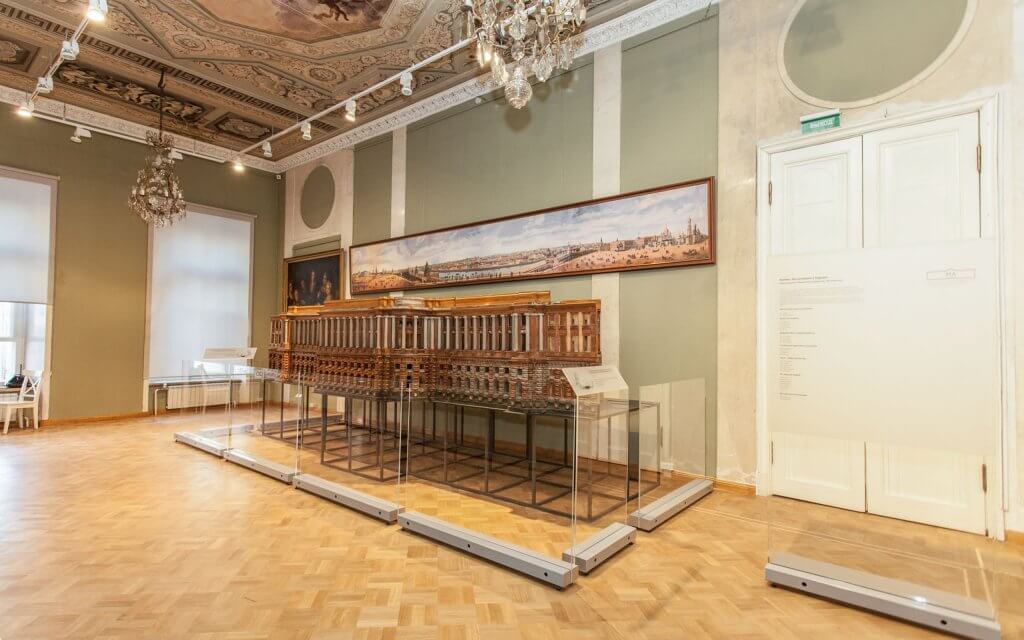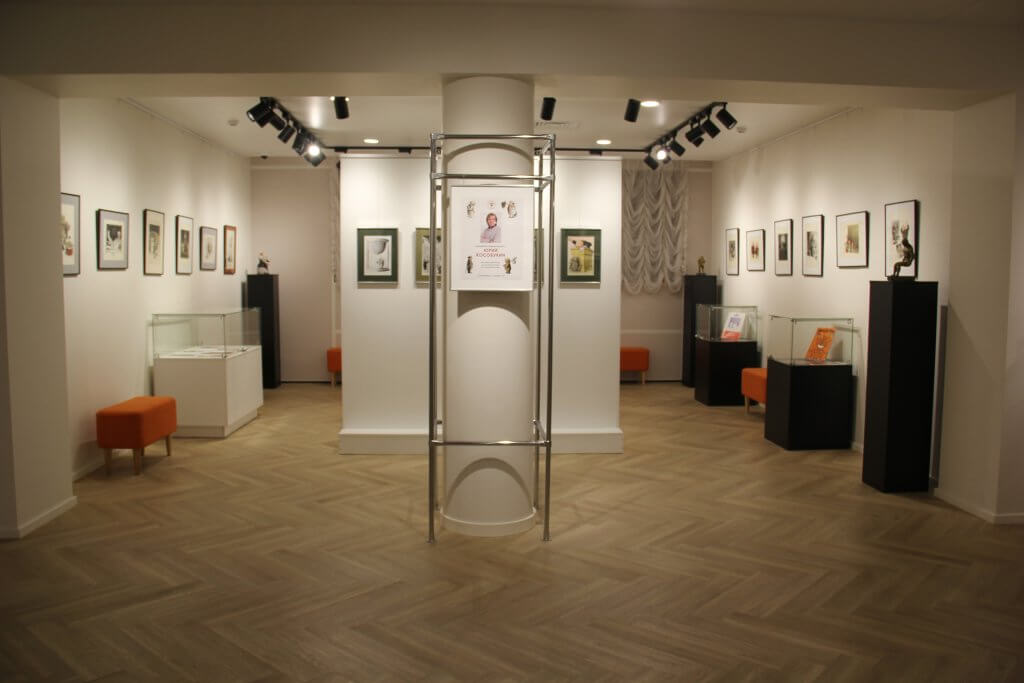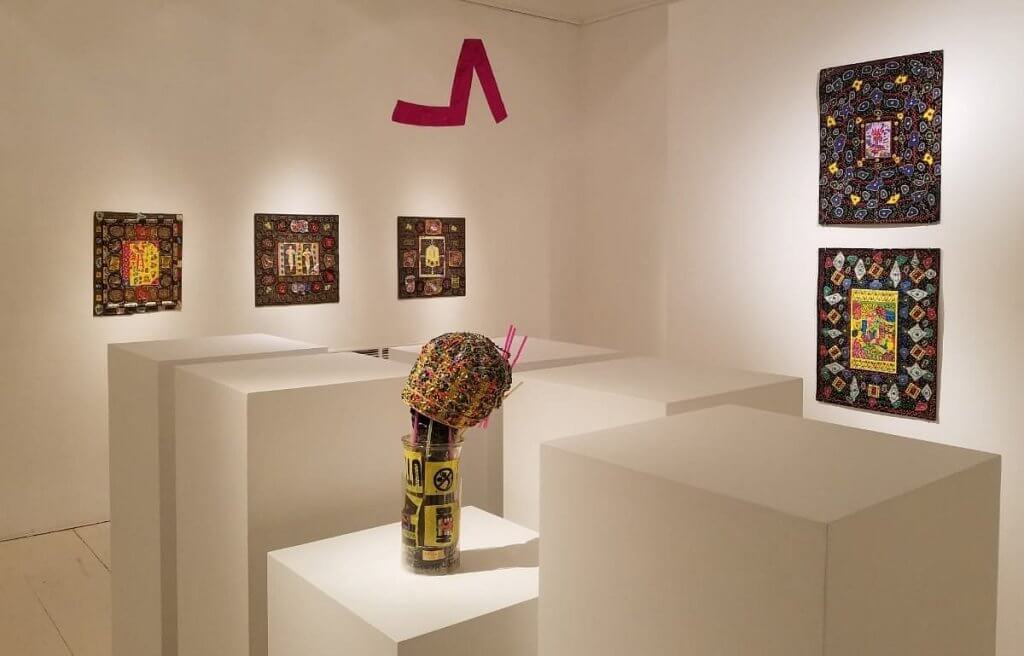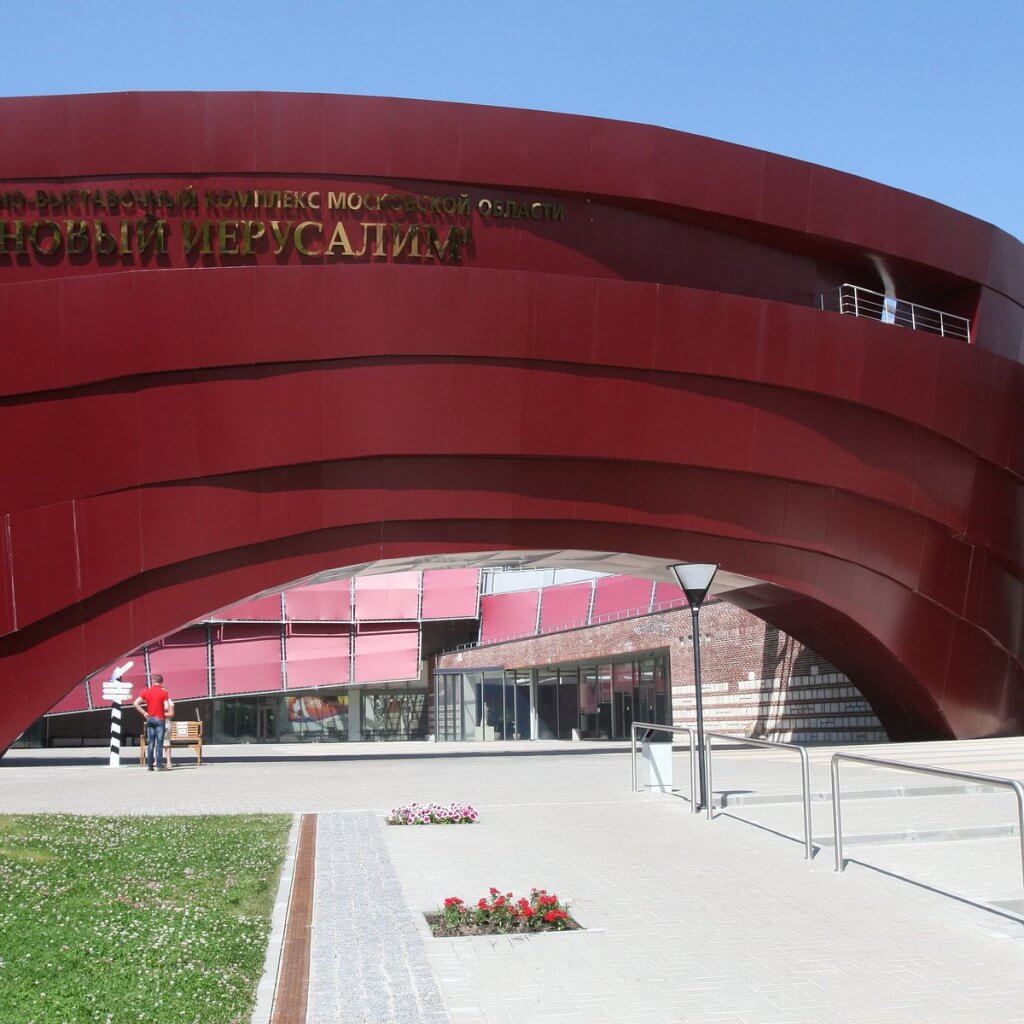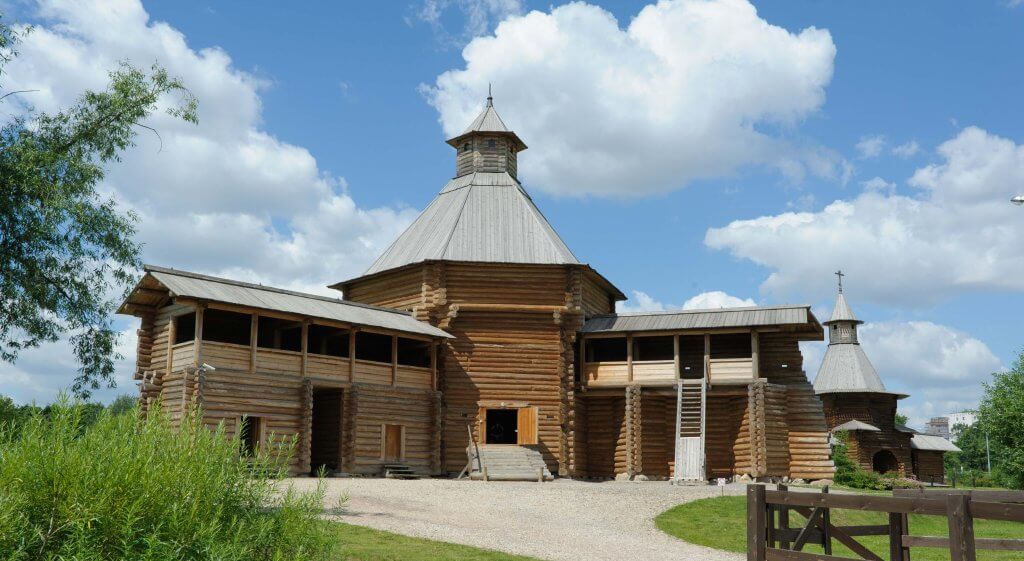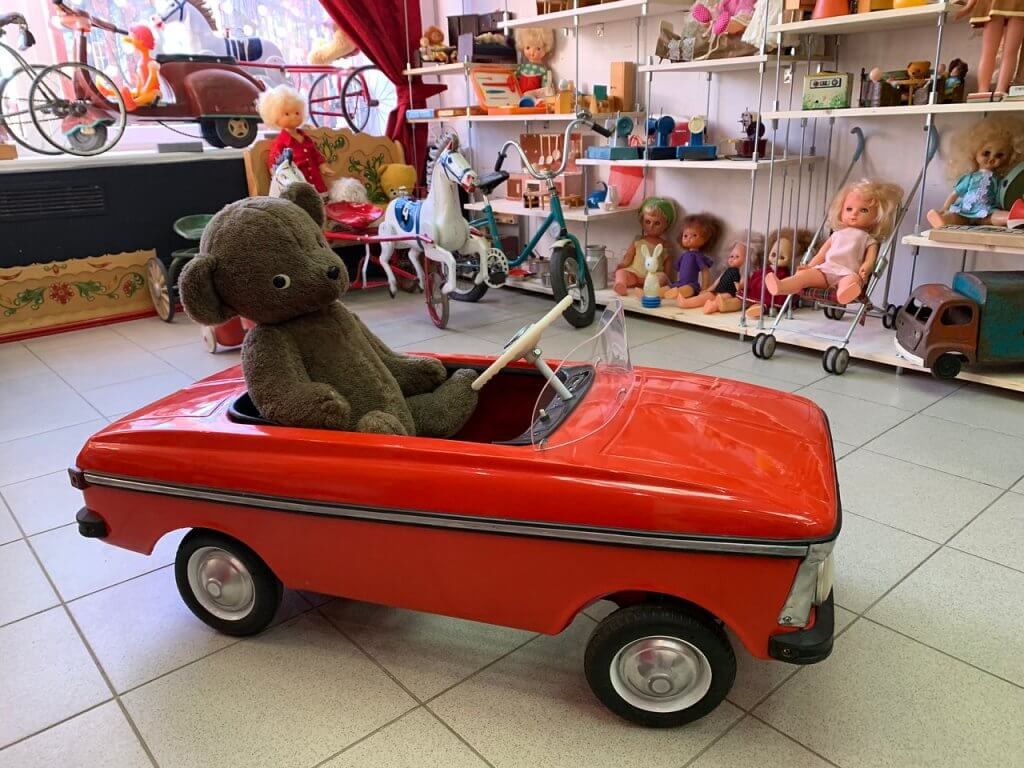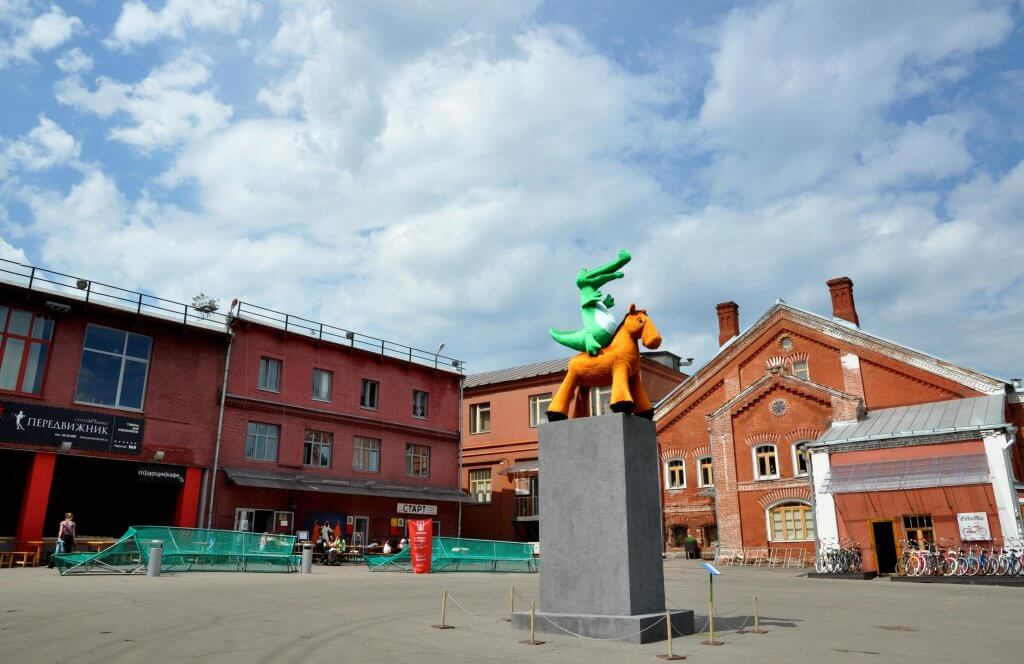The Museum of Decorative Arts Moscow is a treasure trove of creativity, showcasing over 30,000 artifacts that span three centuries of Russian decorative arts. Located in a historic mansion near the Kremlin, the museum invites visitors to explore the evolution of design, from imperial opulence to Soviet minimalism.
Why Visit the Museum of Decorative Arts Moscow?
- Artistic Legacy: Discover how Russian artisans combined European influences with local traditions.
- Diverse Collections: Porcelain, textiles, furniture, and jewelry tell stories of culture and craftsmanship.
- Interactive Exhibits: Try your hand at embroidery or pottery-making during workshops.
Key Exhibits to Explore
- Porcelain Hall:
- Rare pieces from the Imperial Porcelain Factory, featuring hand-painted designs of tsars, landscapes, and folklore.
- Soviet-era propaganda plates with slogans like “Workers of the World, Unite!”.
- Textile Gallery:
- Embroidered shawls from Pavlovsky Posad, famous for their vibrant floral patterns.
- Traditional costumes from different regions of Russia, showcasing embroidery techniques.
- Jewelry Collection:
- Intricate gold and silver pieces inspired by Byzantine and Slavic traditions.
- Fabergé-style eggs and brooches from the late 19th century.
- Furniture Exhibit:
- Ornate chairs and tables from Catherine the Great’s era.
- Streamlined designs from the Constructivist movement of the 1920s.
Hidden Gems You Might Miss
- The Secret Archive: Sketches and prototypes of never-produced designs from Soviet factories.
- Sounds of Creation: Audio guides recreate the clatter of looms and the hum of pottery wheels.
- DIY Corner: Visitors can try weaving or painting ceramics under the guidance of artisans.
Practical Information
- Location: Near the Kremlin (close to [State Historical Museum]).
- Hours: 10:00 AM–7:00 PM (closed Tuesdays).
- Tickets:
- Adults: 500 RUB
- Kids: 300 RUB
- Free for families visiting the [Museum of Bread] on the same day.
How to Maximize Your Experience
- Combine with nearby attractions:
- [State Historical Museum] for context on Russian history.
- [Museum of Bread] to explore culinary traditions tied to decorative arts.
- Attend workshops: Learn traditional embroidery or ceramic painting techniques.
The Evolution of Decorative Arts
- Imperial Era: Luxury items symbolized wealth and power, often commissioned by the Romanov dynasty.
- Soviet Period: Focus shifted to mass production and utilitarian designs, reflecting socialist ideals.
- Modern Times: Contemporary artists blend traditional motifs with global trends.
Visitor Reviews
- “The porcelain collection was breathtaking—each piece felt like a masterpiece!” — Anna, tourist.
- “Loved the hands-on workshop where I painted my own ceramic plate.” — Maria, parent.
Future Plans for the Museum
- Expansion in 2024: New wing dedicated to contemporary Russian designers.
- Collaborations: Joint exhibits with the [Museum of Unique Dolls] on miniature decorative art.
Conclusion
The Museum of Decorative Arts Moscow is a testament to Russia’s enduring creativity. From imperial porcelain to Soviet textiles, it showcases how art reflects cultural values and historical shifts.
- Why It Stands Out:
- The museum bridges past and present, offering both historical artifacts and modern innovations.
- Interactive workshops make it engaging for all ages.
- Cultural Relevance:
- Highlights universal themes like beauty, functionality, and identity.
- Inspires appreciation for craftsmanship in an age of mass production.
- Why Return:
- Rotating exhibits feature new discoveries and collaborations.
- Seasonal events, like masterclasses with renowned artists, add variety.



